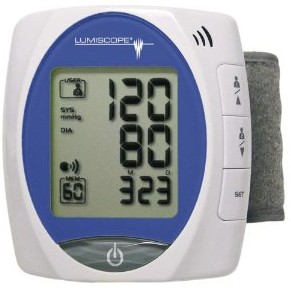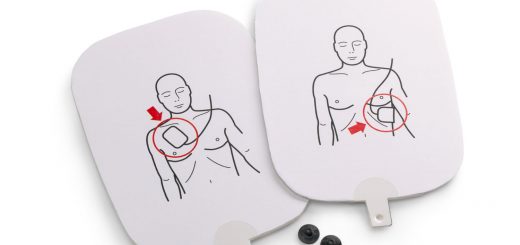Blood Pressure: Hypertension vs Hypotension
Blood pressure is a measure of the force that is required to push blood around the body. Like a boiler system, a certain amount of pressure is required to ensure adequate flow.
The blood pressure has two aspects; the force required to push blood during contraction of the ventricles (a period referred to as “systole”) and the force required during the ventricles filling/relaxing time (“diastole”). The blood pressure in the human body varies depending on age (children have less distance that the blood has to travel), volume of blood (hypovolemia due to a bleeding patient means less blood available), and any narrowing of the arteries. Because of this the normal blood pressure values vary depending on age. For a young adult, the normal blood pressure is around 120 (systolic value) over 80 (diastolic value) it is often written as: 120/80 mmHg.

What is Hypertension?
Hypertension refers to a blood pressure that is higher than the normal value based on the age of the individual. Patient’s with high blood pressure can report headache but most of the time have no symptoms.
High blood pressure (hypertension) can cause a number of serious medical problems including strokes, heart attacks and other diseases of the blood vessels. It’s important that high blood pressure is detected and treated with medication to lower the blood pressure and reduce the risk of serious complications.
What is Hypotension?
Hypotension refers to a blood pressure that is lower than the normal value based on the age of the individual. If the blood pressure is low, insufficient oxygenated blood is reaching the tissues of the body.
Patient’s with hypotension can feel light-headed, faint or even loose consciousness as blood is diverted by the brain to the most vital organs for survival. Any patient feeling light-headed with suspected low blood pressure should be laid down flat with their legs raised. This helps to divert blood away from the legs to the more vital organs such as the brain, keeping them perfused with oxygenated blood.





